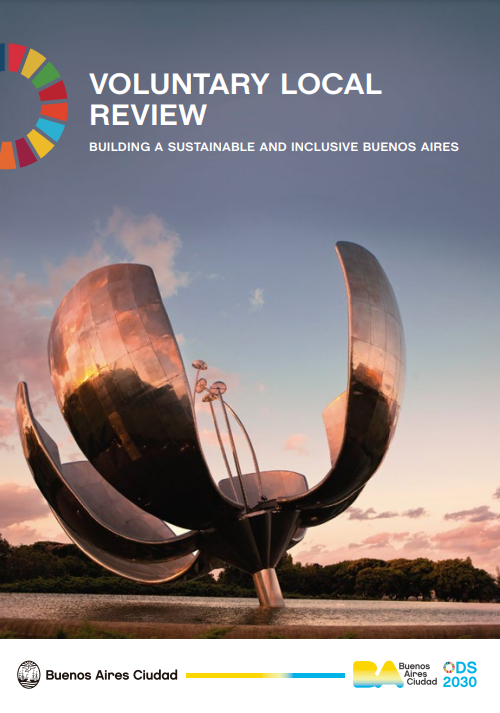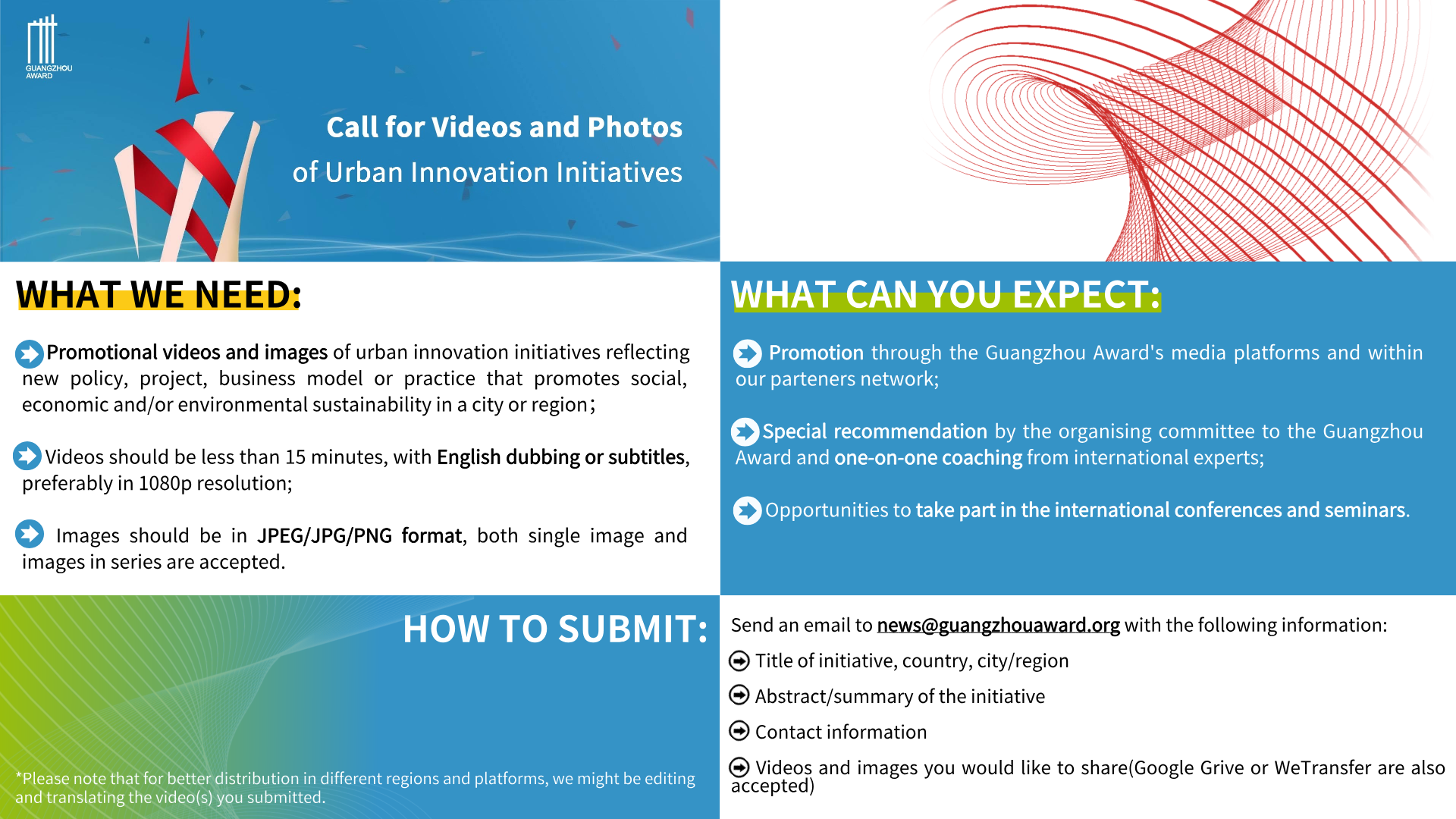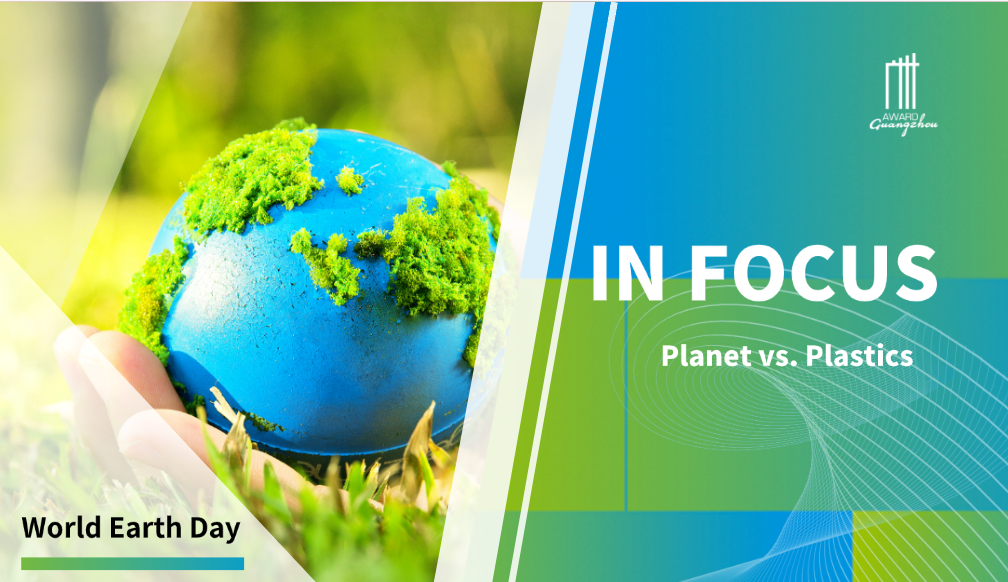Buenos Aires, Argentina(2)
Localization and SDG Voluntary Local Reviews of the City Of Buenos Aires
BASIC CITY Data
- Population size: 3120612
- Population Growth Rate(%): 4.00
- Surface Area (sq.km): 200
- Population Density (people/sq.km): 15150
- GDP Per Capita (U.S.$): 8579
- GINI Index: 0.39
- Main Source of Prosperity: Services, transport and tourism

ABSTRACT
In 2016, Buenos Aires City took its first step in the institutionalization of the 2030 Agenda by signing the Cooperation Agreement with the Cornell Net Carbohydrate and Protein System(CNCPS) in charge of the adaptation actions at the national level.
This was followed by the localization process of the 2030 Agenda, which was organized in 3 stages: adaptation, based on the analysis of the Government Plan and its strategic goals in relation to the SDGs; awareness-raising, referring to a set of actions designed to spread the 2030 Agenda throughout the city, based on the belief that achieving the SDGs requires the community’s active participation; and strategic partnerships for enriching and sharing experiences related to the practices being implemented to face the challenge of governance under the guidance of the 2030 Agenda.
Since 2019, Buenos Aires was among the first 5 cities in the world to annually present its Voluntary Local Reviews(VLR) tracing its path and accounting for the progress on the 2030 Agenda.
BACKGROUND INFORMATION
In 2016, Buenos Aires City adhered to the 2030 Agenda for Sustainable Development through the signing of a Cooperation Agreement with the National Council for the Coordination of Social Policies during the visit of the then General Secretary of the United Nations, Ban Ki-moon. Through the Agreement, the City Government committed to defining a focal point, adapting the SDGs at the local level and promoting awareness-raising.
ORIGINS
It aims to address the challenge of achieving and reporting the progress on the SDGs through the localization process and publishing of the VLR. The preparation of the VLR focuses on adapting the global SDGs to the local context and providing transparent reporting on progress, thus facilitating effective local actions and solutions to contribute to the broader SDGs agenda.
a) The initiative aims to encourage local authorities to adopt the global SDGs and address specific challenges and opportunities within their communities. The localization allows for more effective actions to achieve sustainable development at the grassroots level.
b) The target year for achieving the SDGs and the objectives outlined in the 2030 Agenda is 2030. It's important to note the journey towards achieving the SDGs is not limited to a single endpoint in 2030.
a) The innovation involves the development and publication of the VLRs as an international accountability and positioning tool. Also, it gathers a wide range of stakeholders in the reporting process, emphasizing open data principles, including case studies and examples of successful initiatives.
b)The City Government created an inter-ministerial roundtable that encourages coordination, ensures the quality of the data and promotes a short, mid and long-term sustainable development roadmap for the City.
The team promotes exchanges with national governments, cities, and international and civil society organizations, to enrich practices being implemented to achieve the SDGs.
Thus, a community of practices with shared challenges and ambitions was formed, such as SDG Leadership Cities promoted by the Brookings Institution. Furthermore, the team participate in working groups with UN-Habitat, UN DESA, UNDP, UCCI, and UCLG, among others. These partnerships allow the team to foster the development of public policies in response to sustainable development challenges.
Human resources are key for the development of the VLRs. Reporting its improvements in achieving the 2030 Agenda heavily relies on the skills, expertise, and dedication of more than 27 government areas. Every year, under the management of the International Relations Office, the team updates projects, indicators and initiatives the city carries on, following the guideline of the SDGs. This implies a great deal of technical and knowledge contributions from government experts.
INNOVATIVE ASPECTS
The initiative is considered to be evolutionary, since the process of adaptation of the government plan to the 2030 Agenda is dynamic, given that as time progresses, new data and information become available, allowing local authorities to gain a deeper understanding of their communities' needs and the impact of policies. Also, the reporting process often involves exchanges with various stakeholders. This collaboration can lead to new partnerships and innovative solutions, fostering an evolutionary evidence-based approach to achieving the SDGs.
DESIRED CHANGE OR OUTCOME
The presentation of the VLR aims to promote transparency by allowing the local government to report on its progress, challenges, and initiatives related to the SDGs. By publicly disclosing these information, the team becomes more accountable for its actions and commitments toward sustainable development.
Also, the VLR process helps to localize the SDGs by connecting them to specific local contexts and challenges. It allows the local community to tailor strategies and actions based on their unique circumstances, needs, and priorities.
242 indicators are monitored to follow the achievement of the 60 prioritized targets from the 16 SDGs it reports on. The indicators count with a baseline, intermediate and final goals that comprise the monitoring framework.
It focuses on public policies that improve the quality of life of people who live in and visit Buenos Aires. This takes into consideration vulnerable groups of the City - like the population living in vulnerable neighborhoods that are beneficiaries of the social and urban integration processes.
The 3, 120, 612 inhabitants of the City are directly affected by this initiative (53,42% women and 46,58% men). Furthermore, each population group benefits from the direct impact of particular public policies implemented to achieve the SDGs - the Climate Action Plan, the Gender Equality Agenda, the Sustainable Mobility Plan, for example.
RELEVANCE TO SUSTAINABLE DEVELOPMENT GOALS
The VLR reports on every goal the city has jurisdiction over.
Goal 1: End poverty in all of its forms
Goal 2: End hunger, achieve food security and improved nutrition and promote sustainable agriculture
Goal 3: Ensure healthy lives and promote well-being for all ages
Goal 4: Ensure inclusive and equitable education and promote life-long learning opportunities for all
Goal 5: Achieve gender equality and empower all women and girls
Goal 6: Ensure availability and sustainable management of water and sanitation for all
Goal 7: Ensure access to affordable, reliable, sustainable and modern energy for all
Goal 8: Promote sustained, inclusive and sustainable economic growth, full and productive employment and decent work for all
Goal 9: Build resilient infrastructure, promote inclusive and sustainable industrialization and foster innovation
Goal 10: Reduce inequality within and among countries
Goal 11: Make cities and human settlements inclusive, safe, resilient and sustainable
During the localization process, the City prioritized the selected targets to report on.
Target 1: Access for all to adequate, safe and affordable housing and basic services and upgrade slums
Target 2: Access to safe, affordable, accessible and sustainable transport systems for all
Target 4: Safeguard cultural and natural heritage
Target 6: Improve air quality and manage municipal and other wastes
Target 7: Universal access to safe, inclusive and accessible green and public spaces, in particular of women, children older persons and persons with disabilities
Goal 12: Ensure sustainable consumption and production patterns
Goal 13: Take urgent action to combat climate change and its impacts
Goal 14: Conserve and sustainably use the oceans, seas and marine resources for sustainable development
Goal 15: Protect, restore and promote sustainable use of terrestrial ecosystems, sustainably manage forests, combat desertification, and halt and reverse land degradation and halt biodiversity loss
Goal 16: Promote peaceful and inclusive societies for sustainable development, provide access to justice for all and build effective, accountable and inclusive institutions for all
Goal 17: Strengthen the means of implementation and revitalize the Global Partnership for Sustainable Development


 test
test Urban Innovation in China | Hainan: Transforming Mangroves into “Golden Groves”
Urban Innovation in China | Hainan: Transforming Mangroves into “Golden Groves” In Focus | Empowering the “She” in the Family
In Focus | Empowering the “She” in the Family In Focus | The World Earth Day: Planet vs. Plastics
In Focus | The World Earth Day: Planet vs. Plastics




















 Tel: +86 20 3780 4434
Tel: +86 20 3780 4434 Email: info@guangzhouaward.org
Email: info@guangzhouaward.org Address: Rm 1609, FuLiXinTianDi, No.307 Guangzhou Dadao Zhong, Yuexiu District, Guangzhou, Guangdong, 501600, PRC
Address: Rm 1609, FuLiXinTianDi, No.307 Guangzhou Dadao Zhong, Yuexiu District, Guangzhou, Guangdong, 501600, PRC




